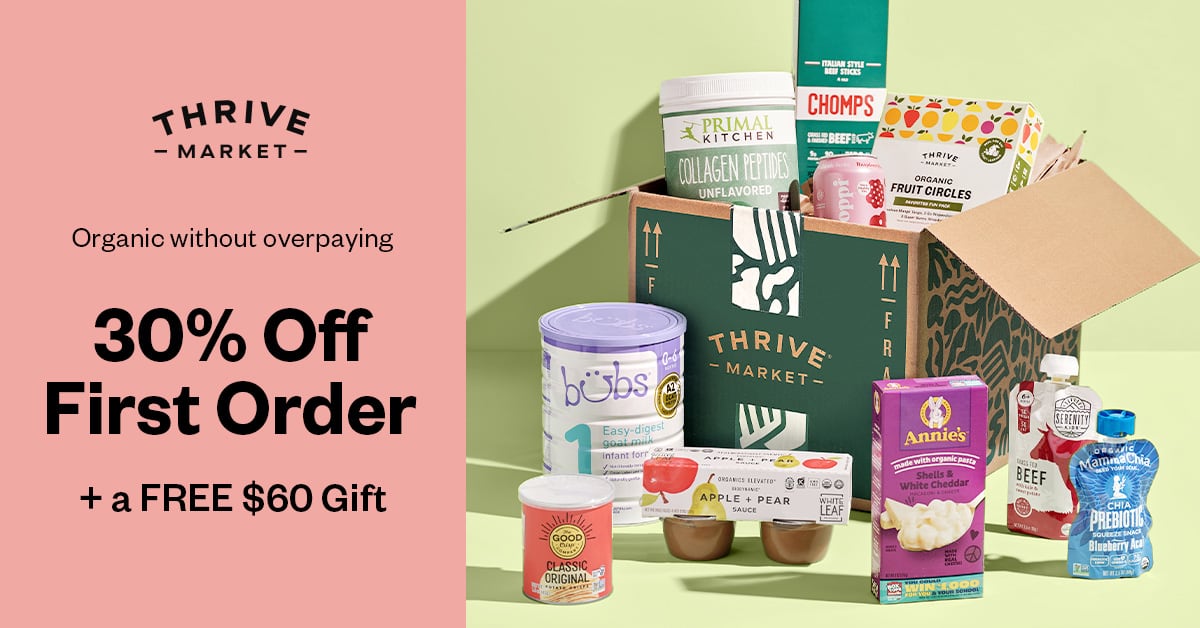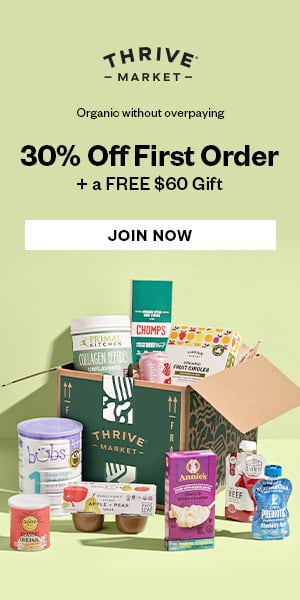Debunking Labels: What to Look For When Buying Nut Milk
You wouldn’t be crazy for thinking nut milk is the healthiest option on your shelf. With trends towards plant-based lifestyles and a nasty hangover from the low-fat marketing movement of the decades past, we’re blindly reaching for nut milks like never before. But with a long shelf life and an affordable price tag, it can’t be all positives - food is still a big business after all. Many of our staple ‘healthy’ alternatives are actually playing host to ingredients nastier than dairy or fats.
Supermarket shelves are lined with endless milk alternatives, coming in tetra packs (which are extremely difficult to recycle), and it can be overwhelming figuring out which one’s the best option. The truth is, nut milks are always the healthiest when you’re making them fresh at home. No matter what nut, you’re going to get milk richer in nutrient value and with a creamier, smoother texture. Here are 5 Plant-Based Recipes you can use to start.
But if this option isn’t available to you, that’s okay, here’s what you need to look out for on the nutrition label.
Sweetened vs. Unsweetened
Perhaps you’re reaching for nut milk because you’re starting to evaluate sugars and fats in your diet, and even if this isn’t the case, it’s wise to opt for the unsweetened alternatives. Added sugars and synthetic sweeteners are often added to our plant-based milk to make it more appetizing and simultaneously, more addictive. If you do find you prefer your milk on the sweeter side, you have the option of adding some agave syrup or coconut sugar at home.
What Percentage Is Actually Nuts?
Have you ever looked at the back of your nut milk and been shocked to see it’s only 2.5% almonds? This is surprisingly common in supermarket brands, meaning that you’re getting little-to-no nutrient value from the nuts per serve. Shopping at a health store will often give you options with a higher nut content, or you can always get some nuts and blend your own! If you’re not using nut milk for the health benefits, just be cautious that those milks with a lower content tend to use more harmful additives to bulk the liquid out.
Check Out The Thickeners & Additives
These are what give a mostly-water almond milk a richer, creamier consistency and fuller taste in the mouth, while keeping the milk from splitting. However, the major concern is that often these exact ingredients aren’t listed, and for the most part they are synthetically derived with adverse health effects if consumed in excess. Carrageenan is another commonly used ingredient, and while it is derived from red seaweed, it has been linked to digestive issues and inflammation in the gastrointestinal tract.
Macronutrient Content Varies Between Nuts
While we’re not encouraging you to count your calories, if you have certain health goals then it’s wise to be cautious of the nuts you’re including (coconut included). Nuts like walnut and peanut have a higher fat content, but lower-fat alternatives like almond are also low in protein. Choose mindfully with a balanced diet being the goal.
Where Have They Come From & How Were They Grown
You’ve narrowed down the shelves, so now you can get fussy about the little details. Just like you are cautious of the chemicals and genetic modifying used to grow the foods on your plate, it’s wise to have the same concerns about those in your glass. Organic and GMO-free options are readily available on most supermarket shelves, and where possible, it’s wise to consider where the nuts have been sourced from and if it’s a country that promotes sustainable and ethical practices. There has been concern about the amount of water it takes to grow almonds (it takes 3.2 gallons of water to produce just one almond) or the ethical practices of harvesting cashews (where workers suffer appalling conditions).









